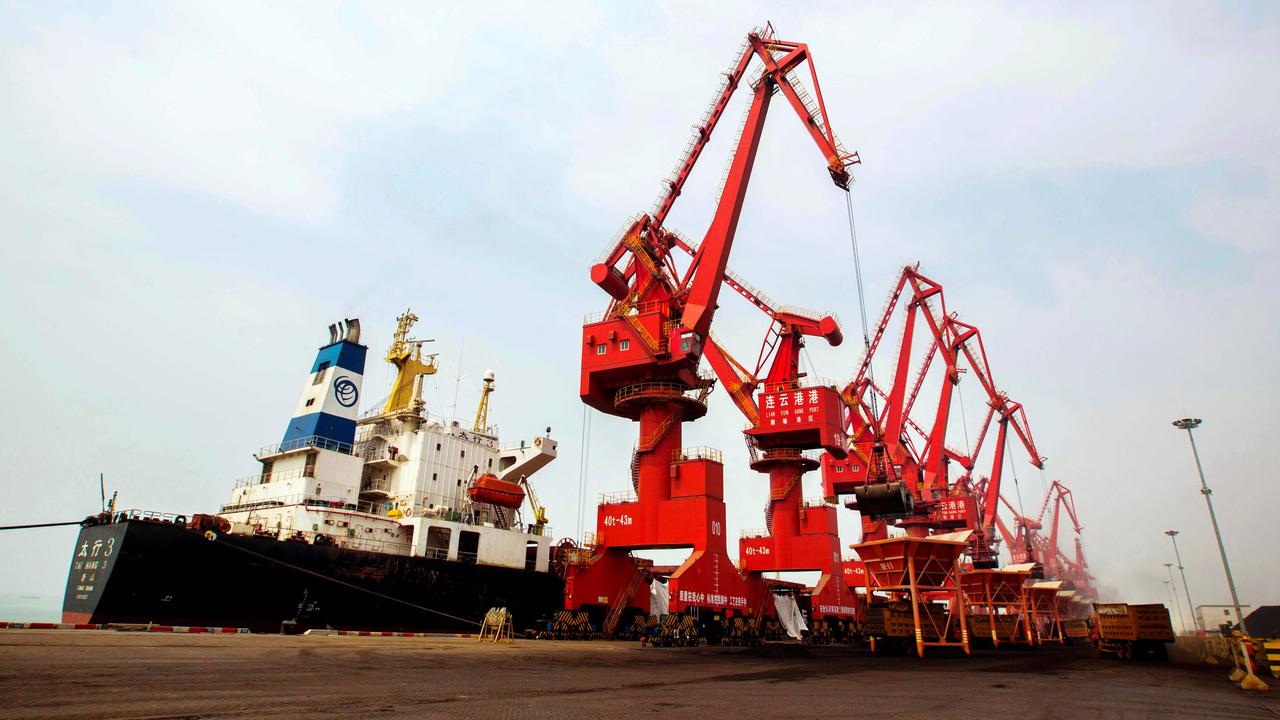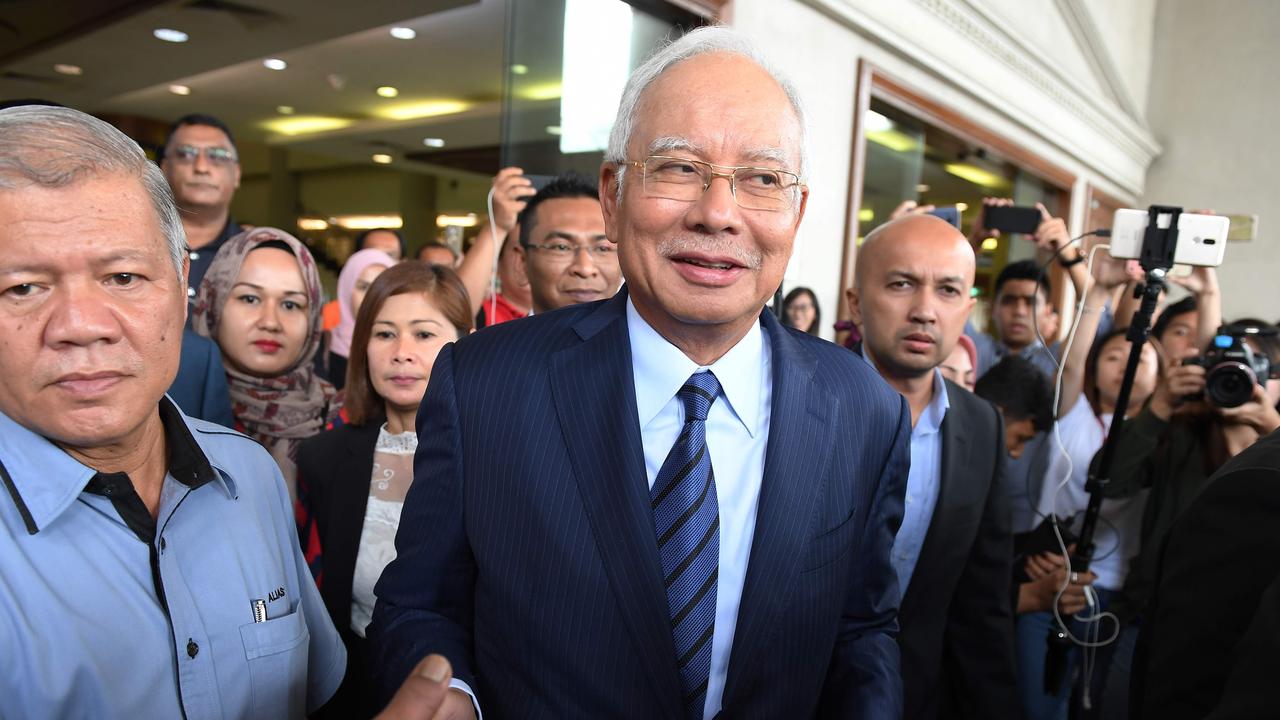Bullish outlook for Myanmar, South-East Asia’s ‘uncut gem’
A REPORT by ANZ Bank presents a bullish outlook for the development of Myanmar.
IN the days of the 19th century Great Game, diplomats and military leaders would scan maps of Asia to anticipate where new military bases and lines of communication would be established.
Today, we’re still scanning. But while military plays remain important, the greater game is positioning for economic advantage.
This century, and especially in Australia as commodity prices have plunged, we’ve been hearing about the importance of the virtual economy.
But there’s still a more-than-residual market for the cars, white goods, clothes and other consumer goods that need to be made somewhere.
For the last three decades, that has essentially meant China — at least, as the place of ultimate assembly, while components are likely to be sent from elsewhere in East Asia. Now, ANZ is forecasting that Asia’s manufacturing hub will migrate from “the comparatively expensive economies” of north Asia, led by China, to the Greater Mekong area — Vietnam, Cambodia, Laos and Thailand, and especially to the “exciting new frontier economy” of Myanmar.
The bank writes in a report titled Myanmar — Asia’s Uncut Gem, which it brands as “bullish”, that annual GDP growth there will soar towards 10 per cent, and the country could enjoy five decades of “economic catch-up” with the neighbourhood.
Such is the gap created by the country’s incarceration as a military-run period-piece.
There’s another parallel with China — which was also cut off from the modernisation of its neighbours during the wasted decades of inward-focused Marxist rule under Mao Zedong, helping produce the pent-up energy and desire for better living that has driven its growth since.
The trade situation with Australia indicates the potential, to put it in the most kindly way.
In the last financial year, we imported a total of $23,218 in goods from Myanmar, and sold it $140,052 worth, making it our 71st trading partner, despite being a regional neighbour with a 51 million population.
And mutual investments are listed by the Department of Foreign Affairs and Trade as nil.
Myanmar’s prospects, says ANZ’s international and institutional banking CEO, Andrew Geczy, are reinforced by its location “on the doorstep of two superpower economies, China and India”, its large reserves of oil, gas and other minerals as well as massive arable land and abundant water, and by its youthful population and low labour costs.
Geczy says Myanmar’s economic transformation is not a foregone conclusion: “Transparent institutions and a foreign direct investment-friendly environment are essential for a skills and technology transfer.”
But he believes that after 50 years of isolation, it could experience “the fastest industrialisation episode Asia has ever witnessed”.
He says that private credit only equates to 10 per cent of gross domestic product, compared with 90 per cent in other ASEAN nations, adding that recent moves to grant licences to nine foreign banks, including ANZ, will help develop the finance industry. He notes the recent enactment of a law granting the central bank autonomy.
But he warns that its leaders will need to balance “the immediate gains of resource extraction with the more medium-term benefits of upskilling its workforce”, and that they should avoid an over-reliance on resource volumes given recent price falls.
The report says elections due later this year “must convincingly show that Myanmar is committed to a democratic and representative government” and to broadbased development, with only 30 per cent of the economy electrified, much of the rural population still living below the poverty line, and with only 10 per cent of the population having access to finance.
The bank says the country “will give the impression of overheating” as opportunities are seized, and are accompanied by “significant and sustained periods of fiscal and current account deficit expansion, as the government partially funds, and the private sector imports, commodities and heavy equipment for building out the economy”.
This is happening as China’s slowdown is becoming manifest. But Beijing has, as ever, a strategy here.
It is belatedly restructuring its economy to focus more on services and consumption — one of the causes of its overall slowdown, though other factors include debt issues and the reshuffling of the elite in a corruption purge.
And at the same time, President Xi Jinping is scrawling all over those Great Game charts, the outlines of his proposed New Silk Road and Maritime Silk Road, which complement his new Asian Infrastructure Investment Bank.
These plans would rapidly create 21st infrastructure linking China with its 14 neighbours — and Central Asia, beyond — enabling a more fluid exchange of goods, services and people, expanding the reach of China’s more dynamic corporations.
Myanmar, where labour costs are likely to remain low for a generation, is one of the more obvious parts of this new-economy jigsaw.
As always, matching performance with expectations will be a big test for the military-backed government — or for the National League for Democracy led by Aung San Suu Kyi, though she will be denied the presidency even if her party wins in a landslide the election due in nine months.



